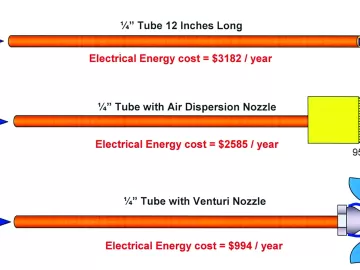Measuring Energy Savings at Verallia
Compressed Air Best Practices interviewed Gregory Rhames, Asset Reliability Manager/Energy Manager at Verallia.
As background, Verallia is the packaging division of Saint-Gobain. Verallia employs 15,500 people globally and makes about 25 billion glass bottles and jars each year. We employ 350 people at Madera where we produce about 1 million wine, champagne and sake bottles per day.












